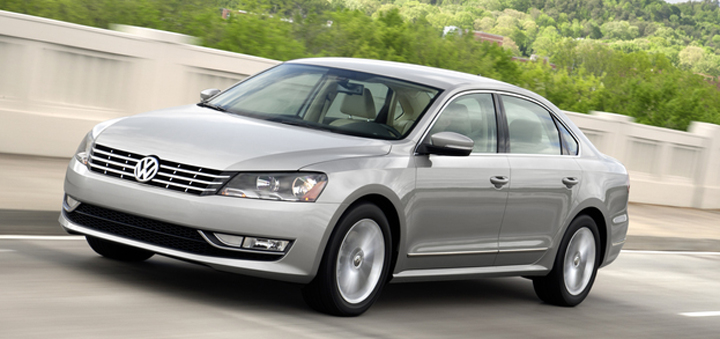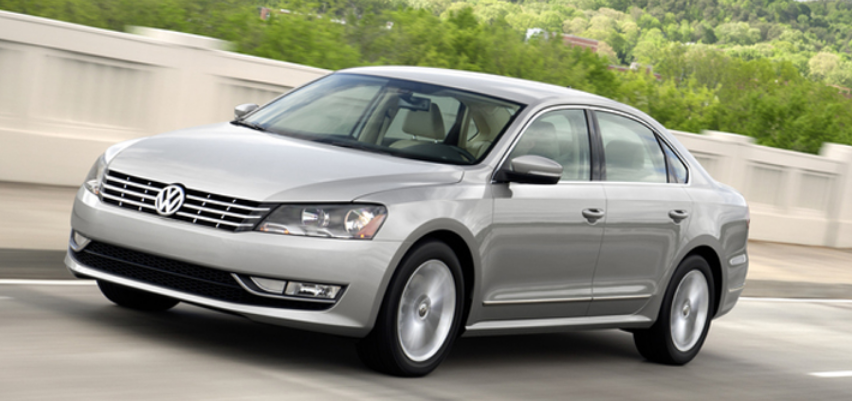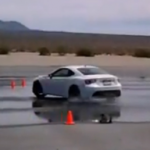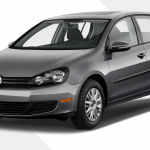
At Consumer Guide HQ, we all have our little areas of expertise. Ed Piotrowski is always upgrading his electronic gadgets, and he understands better than anybody on the staff the good and bad qualities in every car’s connectivity options. I bet Ed even knows what Pandora is. Jack Stewart knows Jaguars. Another guy can recall which cars have good outward visibility like nobody in the business. What’s my claim to fame? Somehow, it has ended up being fuel economy. I’m almost always the office gas-mileage champ.
It’s not that unusual for me to beat the EPA estimated highway number, especially if all I’ve done is drive a car back and forth to work. I think that’s because my route is probably close to optimal for mileage. I don’t usually hit traffic jams or stopped traffic, and much of my driving is around 55 miles per hour.
Here are some examples of my mileage:
2010 Toyota Prius: 52.09 mpg (EPA: 50 overall/48 highway)
2012 Volkswagen Passat TDI, automatic: 46.87 mpg (EPA: 34 overall/40 highway)
2012 Mazda 3 SkyActiv, manual: 41.46 mpg (EPA: 31 overall/38 highway)
2013 Mazda CX-5, front-drive automatic: 34.58 mpg (EPA: 29 overall/32 highway)
2011 Toyota Sienna, 4-cylinder: 27.48 mpg (EPA: 21 overall/24 highway)
I’ve had long commutes for the last 20 years, so for me using the least amount of gas possible is nothing other than simple economics. The less I spend on gas, the more I have to spend on other things. I’d like to say I’m trying to conserve resources or reduce my carbon footprint, but I can’t. I try to get good gas mileage because there is a lot of other stuff I’d rather spend my money on than gas.
2017 Real-World Fuel-Economy Champions: Top 10
For some background, I live about 50 miles from our office. Of that distance, at least 48 miles is what I consider “highway” driving, and less than a mile is what I classify as “city.” For years, a good chunk of my highway commute was spent on the Illinois Tollway’s Tri-State expressway. That ended in January when the state nearly doubled the tolls. At the new rates, I was looking at almost $10 a day in tolls, which quickly adds up to serious money. Economics dictated looking at my driving options.
Now, I use US-41 instead. It’s a divided highway that has some stoplights. It is actually a slightly shorter overall route, so my time in the car is little changed. My tolls are now zero. I also drive about 20 miles of Interstate highway each way.
So what are my gas saving “tricks?” Mostly, I try to be as smooth on and off the throttle as I can. If I see a red light ahead, I lift off the gas and coast, waiting as long as possible to brake. I try to keep pace with traffic and maintain a steady speed. I use cruise control as much as possible.
There are also things I don’t do. I don’t aggressively accelerate away from stops. I don’t increase tire pressure or turn off the engine while coasting. I don’t consider myself a “hypermiler.”
This is all habit now; I don’t really think about it while I’m driving. Like nearly everyone, I still get mad at sky-high gas prices. But at least I do my best to use as little of it as possible. I just don’t call it hypermiling.
Stop It! 5 Habits to Break for Better Fuel Economy



